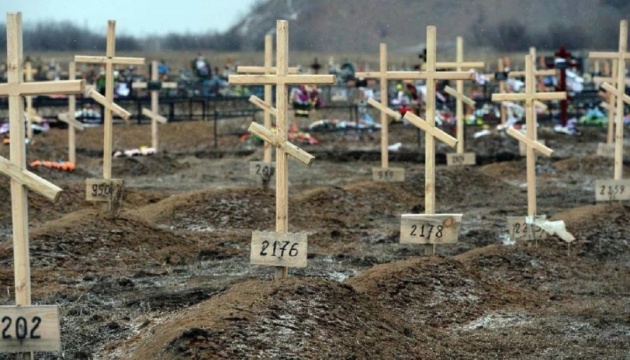Protests against law on NABU and SAP continue in Kyiv
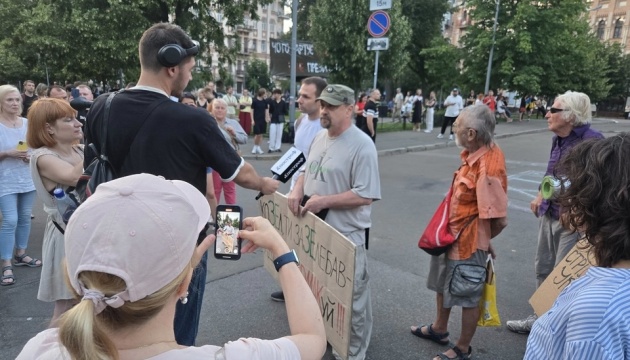


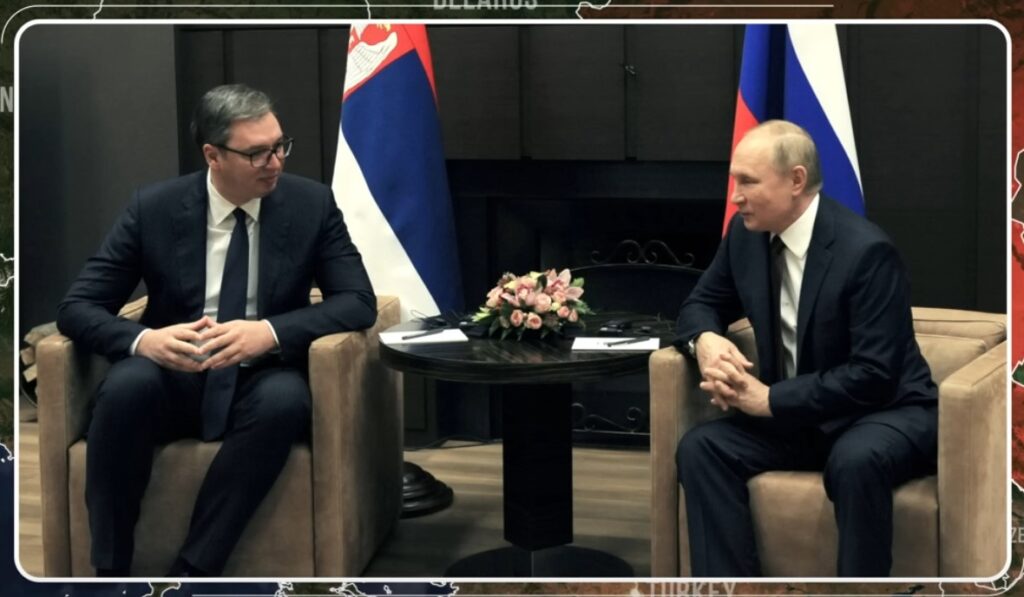
Today, the biggest news comes from Serbia.
Despite mounting threats from Moscow, Serbia is deepening its support for Ukraine through covert arms transfers and reconstruction offers, signaling that it is no longer willing to be intimidated.
Belgrade continues to play both sides, but the balance is shifting. Each new step brings it closer to the Western camp.
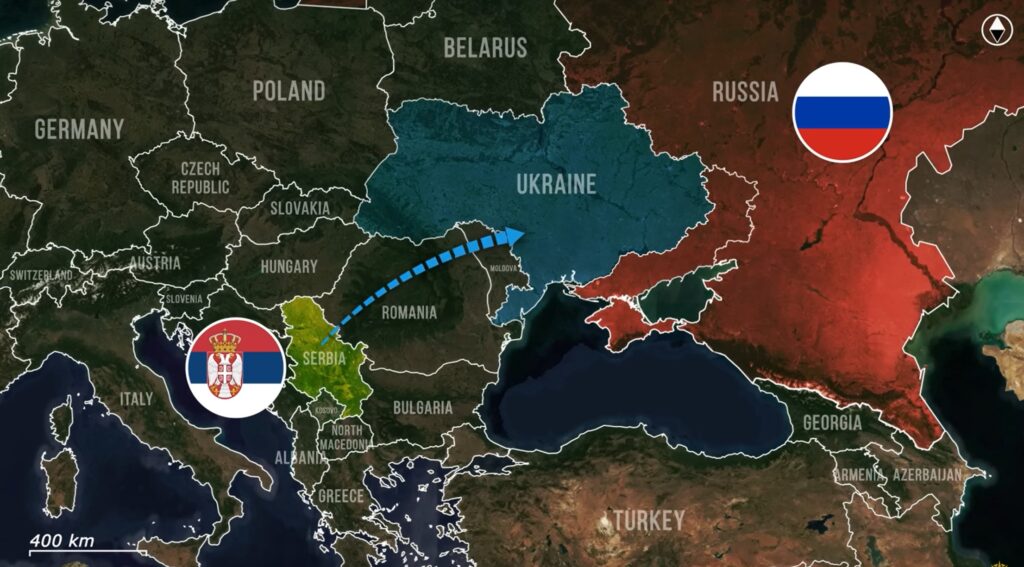
Despite its historical alignment with Moscow, Serbia continues to support Ukraine’s war effort quietly.
Serbian arms producers are expanding shipments of ammunition to Ukraine, using gray-scheme transfers through NATO intermediaries. Shell components from Serbian factories are exported to companies in Bulgaria and the Czech Republic, which assemble them and deliver the final products to the front.

Delivering over 100,000 artillery shells and 1 million rounds of ammunition, the scale of these operations has drawn sharp criticism from Russian intelligence.
Moscow has accused Belgrade of profiting from the war while hiding behind a multi-vector policy. But the Kremlin’s warnings have not reversed Serbia’s behavior; if anything, they appear to have emboldened it.
President Aleksandar Vucic has pledged to help rebuild Ukrainian cities as a gesture of continued support.
The announcement came during a summit in Odesa, and Vucic has repeated the message on Serbian television, making it clear that the offer is not just a one-off claim.

Although Serbia has not joined any EU sanctions against Russia and refuses to sign anti-Russian declarations, the government continues to emphasize Ukraine’s territorial integrity and provide humanitarian assistance.
These actions include earlier deliveries of generators and medical supplies, and now a readiness to contribute to postwar reconstruction.
The Kremlin has taken notice, but public threats have not deterred Vucic’s position.

This balancing act is made even more delicate by the divide between Serbia’s political leadership and its population.
Serbian society remains overwhelmingly sympathetic to Russia, a legacy of cultural, historical, and geopolitical ties, along with a deep distrust of the West after the Yugoslav wars.
The government, however, remains committed to European Union accession and understands that cooperation with Ukraine is now part of that deal.

Rather than openly choosing a side, Belgrade is trying to appease Brussels through quiet aid deliveries and public gestures of goodwill, without provoking domestic backlash or triggering a confrontation with Moscow by cutting ties with Russia completely.
This strategy of silent alignment has worked so far, but each new step toward Ukraine and the West makes it harder to sustain.
Russia has already responded with escalation: a powerful explosion struck the Krusik munitions plant supplying arms to Ukraine, injuring seven workers.
Serbian officials did not publicly assign blame, but the timing and pro-Russian analysts strongly suggest sabotage.
Moscow has also used diplomatic pressure, state media smears, and veiled threats to signal that further alignment with the West will carry consequences.
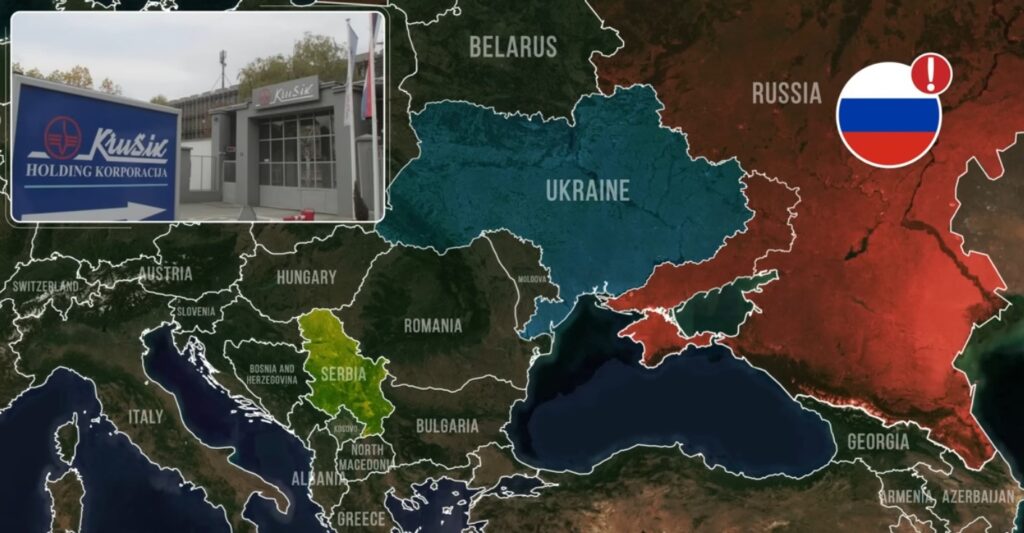
With Russian stakes in Serbia’s energy sector, particularly through Gazprom’s Serbian subsidiary, being increasingly vulnerable to European sanctions, Serbia faces growing pressure to choose between Russia and deeper Western integration.
Arms shipments continue through third countries despite public denials, and reconstruction offers are now made openly.
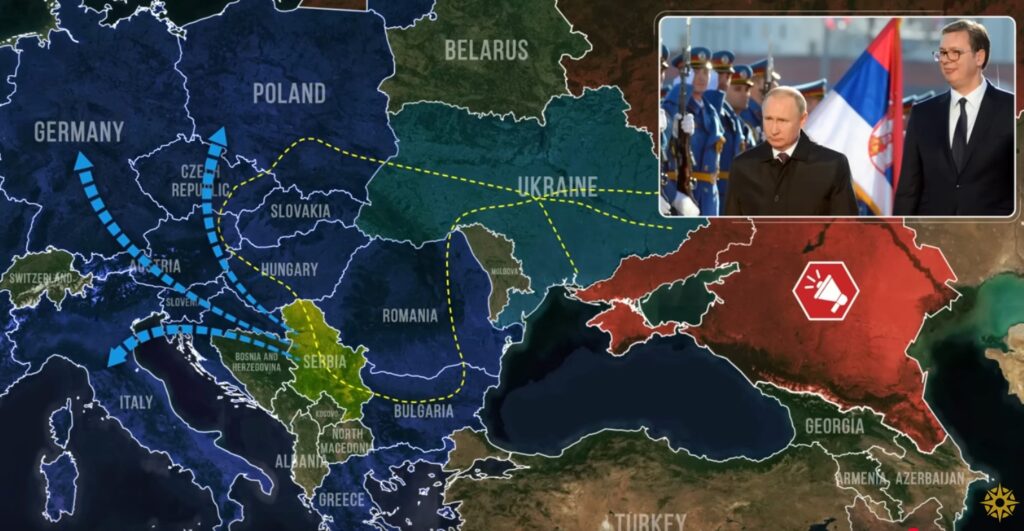
Russia’s decision to escalate with sabotage may have backfired: it did not silence Serbia and may have convinced its leadership that neutrality is no longer sustainable.
Despite deep social and historical ties to Russia, Serbian officials may now realize that continued alignment with Moscow is a losing hand, and that integration with the West offers a more secure long-term path.
Overall, Serbia is quietly leaving Russia behind.
Its aid to Ukraine is expanding and is becoming harder to ignore. The longer this balancing act continues, the more obvious it becomes that Serbia sees its future in cooperating with Europe, and not as Moscow’s last outpost in the Balkans—recalibrating the country’s position through quiet defiance, economic opportunity, and geopolitical necessity.
In our regular frontline report, we pair up with the military blogger Reporting from Ukraine to keep you informed about what is happening on the battlefield in the Russo-Ukrainian war.
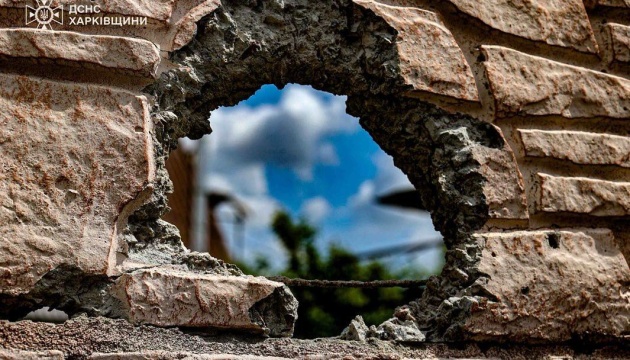



North Korea has been slowly easing curbs imposed during the pandemic

© Copyright 2025 The Associated Press. All rights reserved.
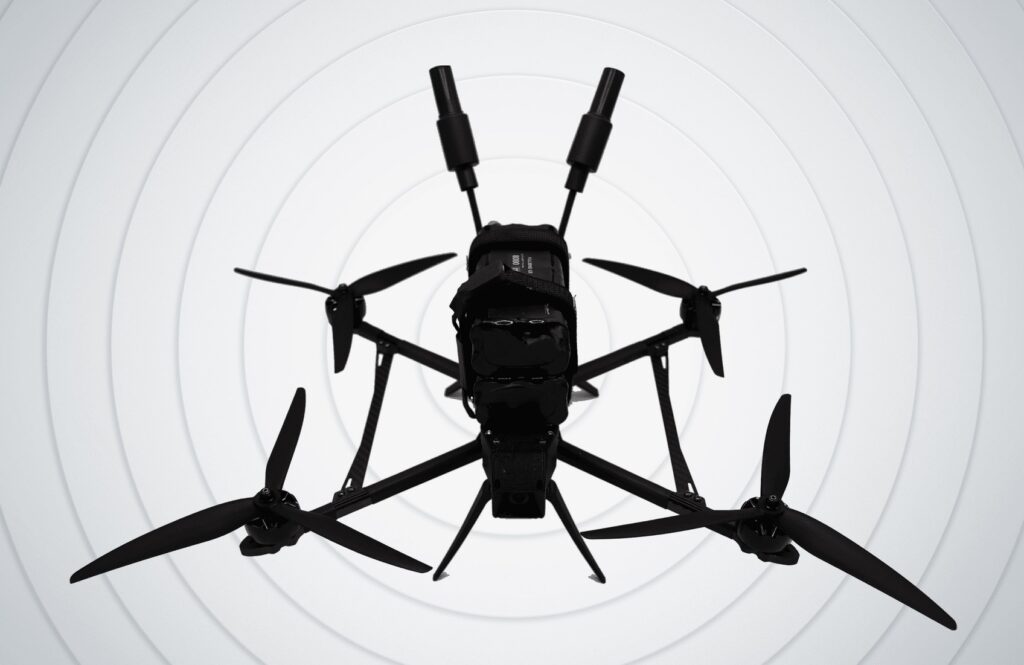
US-German software company Auterion will send 33,000 AI-powered drone “strike kits” to Ukraine before the end of the year under a new Pentagon contract, the Financial Times reports.
The announcement comes as peace talks remain stalled and Russia steps up its aerial campaign, modernizing its Shahed drones to cause as much damage as possible and scaling up their production. Ukraine has been scrambling to find an answer as these massed swarms increasingly breach air defences.
Auterion’s Chief executive Lorenz Meier said the new commitment was “10 times in scale” compared to previous deliveries:
“So we’ve shipped thousands and we’re now shipping tens of thousands,” Meier told the FT, describing the expansion as “unprecedented.”
Auterion’s Skynode miniature computers — which come with a camera and radio — can transform manually controlled drones into “AI-powered weapons systems” that cannot be jammed.
These systems can track a moving target from as far as 1km, according to Meier.
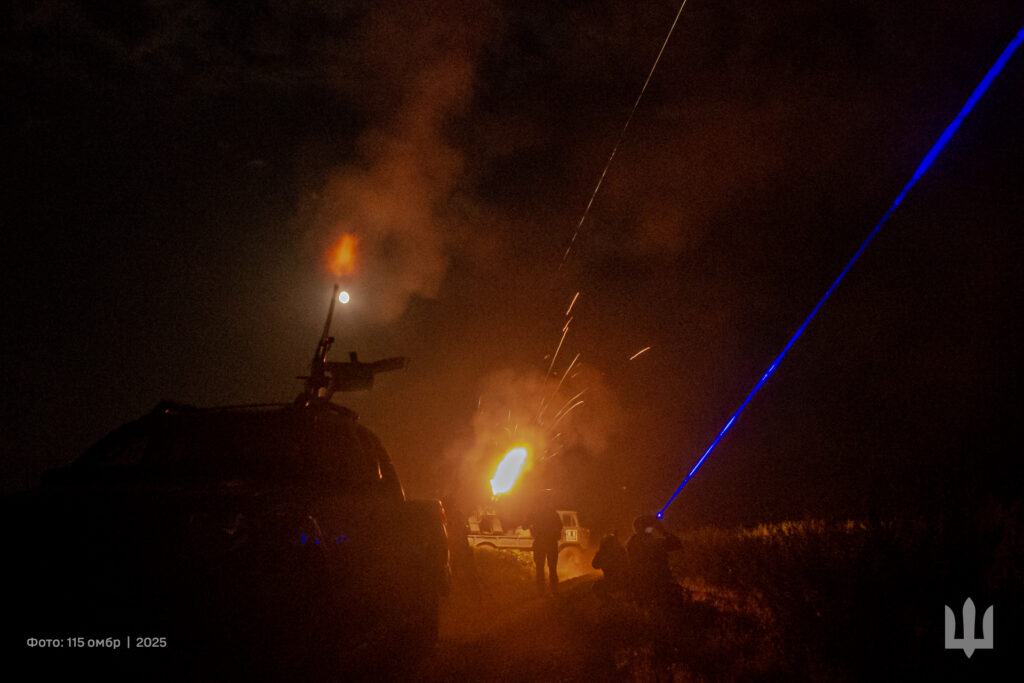
The new $50 million contract with the Pentagon is part of US security assistance to Ukraine, Meier said.
It is not part of a separate “mega-deal” that Ukrainian President Volodymyr Zelenskyy said he is discussing with US President Donald Trump.
Meier highlighted Auterion’s co-operation with Ukrainian drone production:
“It’s basically acknowledging that the battle-hardening that has happened in Ukraine of drone products is relevant. That it’s a way to support Ukraine, but it’s also technology that … NATO countries want to get their hands on.”
Russia’s air campaign has intensified in recent weeks, with Ukrainian officials reporting that swarm attacks now breach defenses more often. Strikes are hitting targets at roughly three times the usual rate.
Zelenskyy said that Ukrainian companies producing interceptor drones are struggling to expand production:
“So far, they have only manufactured individual units, and they lack the money for this,” adding that the total cost of scaling up domestic drone production stands at $6 billion.
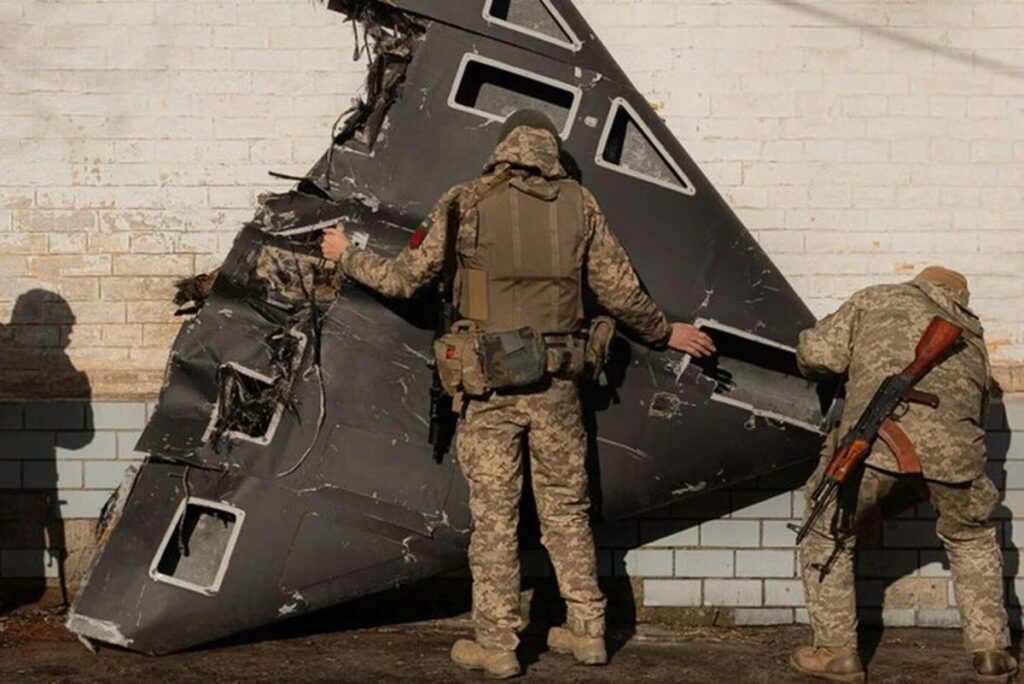
Auterion, which has offices in Virginia and Munich, sees Ukraine as a testing ground for next-generation drone technology.
“What we are providing is leapfrogging what’s on the battlefield right now, which is to go to AI-based targeting and swarming,” Meier said, adding that humans would always select the targets.
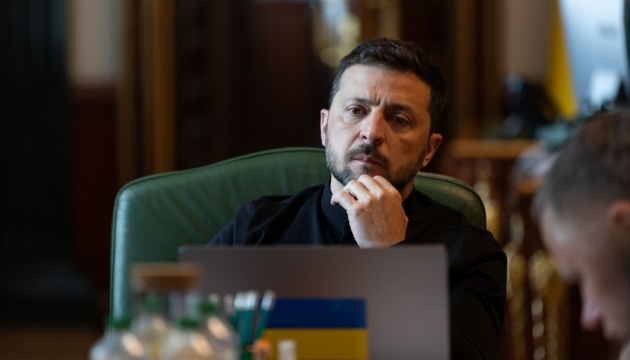

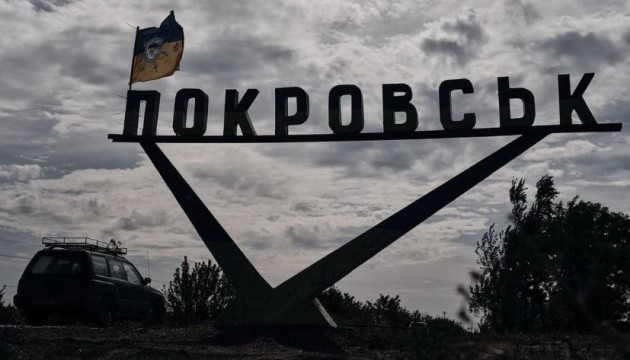
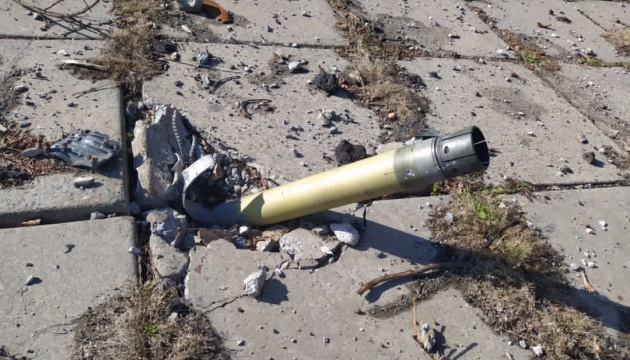
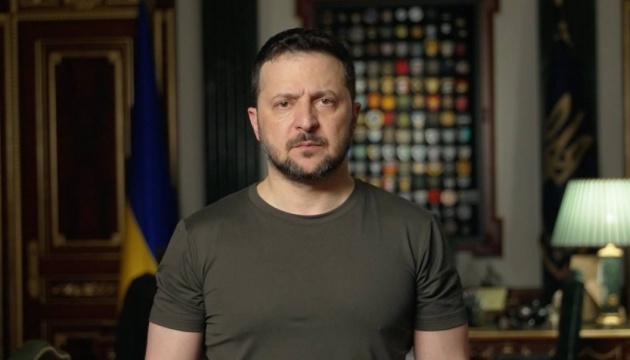

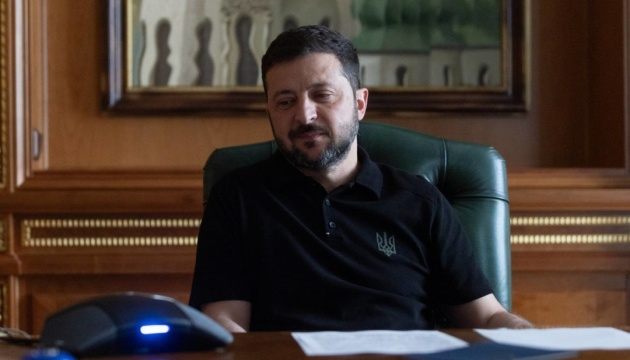
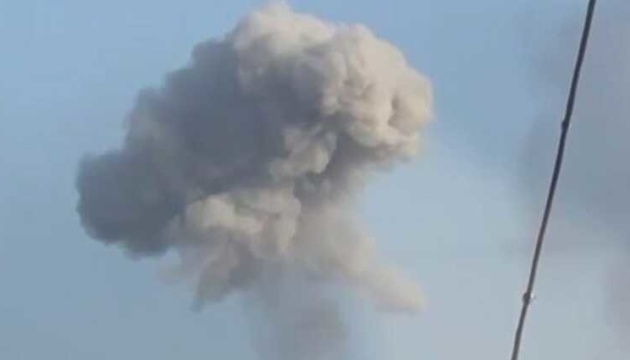
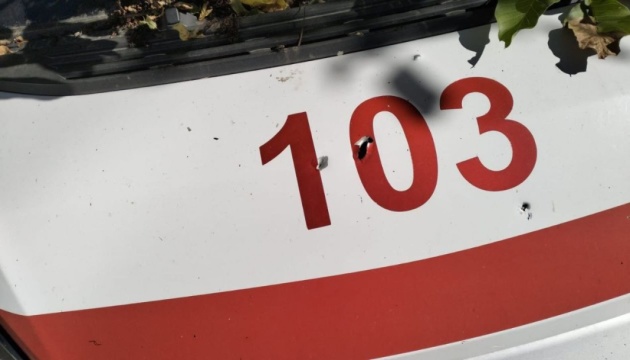
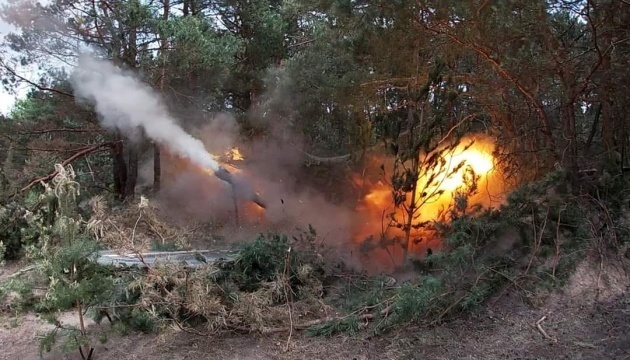
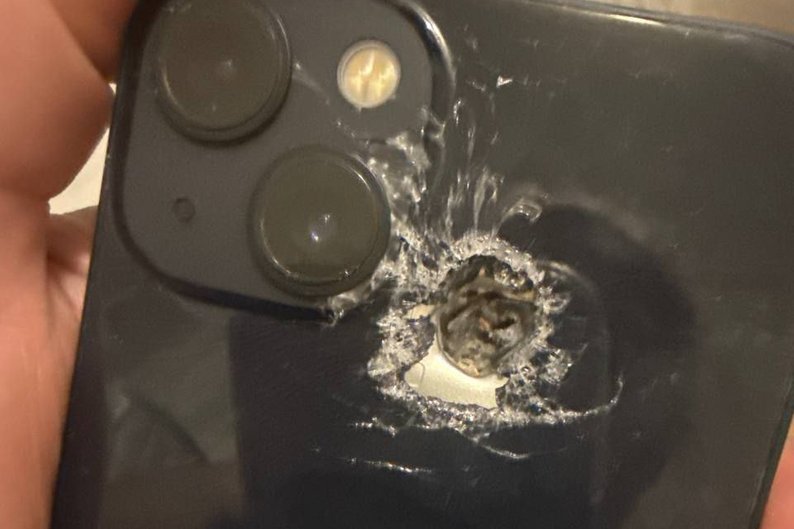
Ukraine endured another night of Russian drone attacks that left destruction in several oblasts. Civilian buildings, warehouses and public infrastructure were hit as waves of Shahed drones struck Kharkiv, Sumy, and Poltava.
In Kharkiv, residents spent another night under fire as explosions shook the city. Authorities confirmed that Russian forces attacked with ten Shahed-type drones. These drones struck the Kyivskyi district, where one hit a civilian enterprise that has not operated for years. Other strikes caused fires in a detached house in Kyivskyi district and in another building near the city. Mayor Ihor Terekhov later clarified that one of the attacks landed in a suburb rather than in Shevchenkivskyi district.
Emergency services reported that fires caused by the strikes were extinguished during the night. In Malodanilivska community, debris from drones set a 500 square meter production and storage building on fire. There were no injuries in Kharkiv during this latest wave.
In Sumy, Russian forces attacked several times on 26 July. The assault damaged the building of the Oblast Administration, a detached house across from it and a café. One of the strikes knocked out power to a local water supply facility. Later that evening, drones targeted the city again, striking the Kovpakivskyi district and wounding three civilians. According to Sumy Oblast head Oleg Hryhorov, all injured were hospitalized. Local police said a wounded 43‑year‑old man was in moderate condition.
On 27 July, Sumy came under another drone attack. This time, windows in homes and non-residential buildings were shattered, but there were no reported casualties.
Poltava oblast also faced damage from falling drone wreckage overnight on 27 July. Acting head of the Oblast Military Administration Volodymyr Kohut reported that debris from intercepted drones fell in Poltava and Kremenchuk districts. Four single-family homes and three farm buildings were damaged, but no one was injured.
Ukraine’s Air Force reported that Russia launched 83 drones, including Shahed and decoy types, from Russian territory and occupied Crimea starting at 22:30 on 26 July.
Air defenders used aviation, surface-to-air missile units, electronic warfare systems and mobile fire teams to repel the attack. By 10:30 on 27 July, air defenses had destroyed or suppressed 78 of the drones.


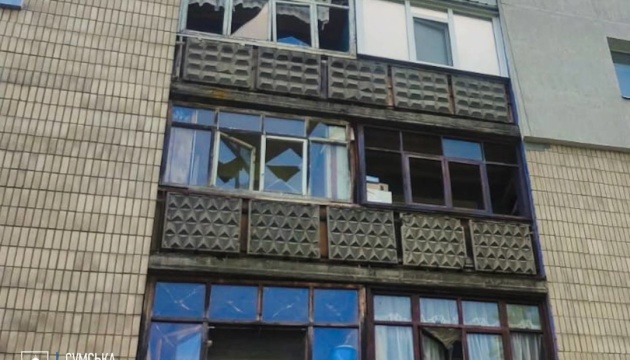

© Sputnik
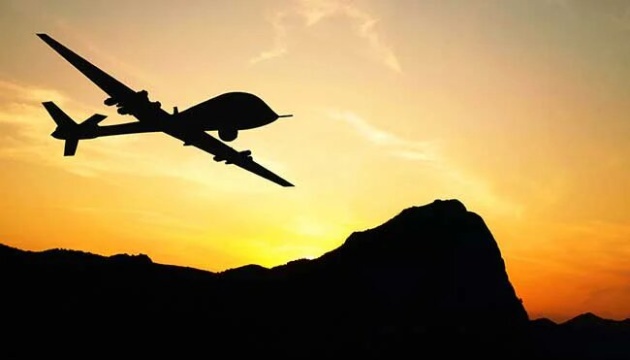

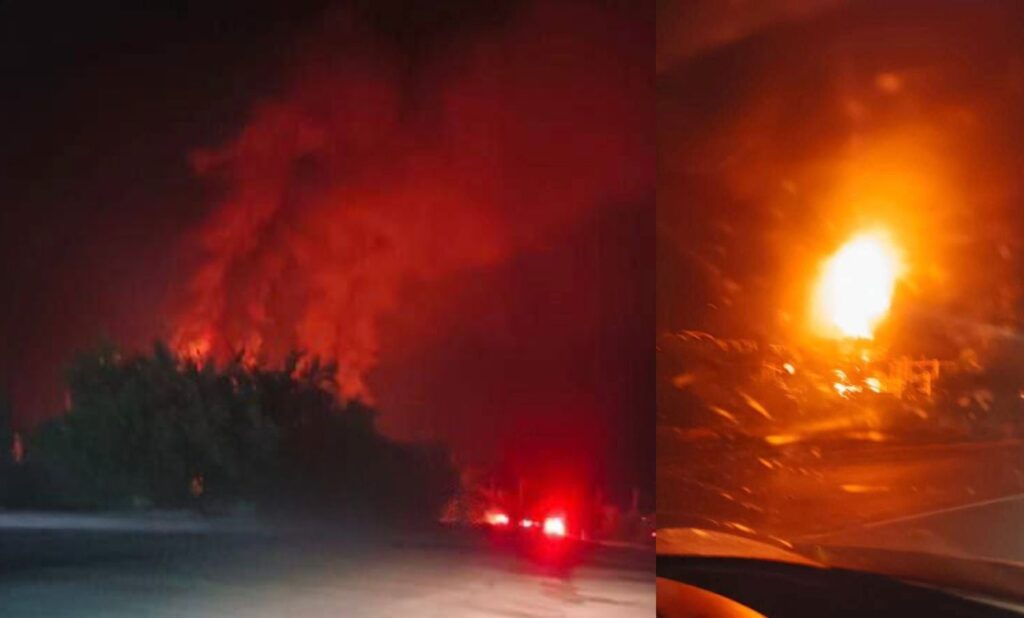
A railway power substation in Russia’s Volgograd Oblast burned after a night drone raid that caused explosions and a massive blaze near Zhutovo station. The strike cut electricity to rail lines, and forced flight restrictions across the area.
Explosions erupted in Volgograd Oblast overnight on 27 July, including near a railway electrical substation in Oktjabrskiy district. Russian authorities confirmed that drones attacked the facility and admitted that debris knocked out power in the railway’s contact network at Zhutovo station. Governor Andrei Bocharov said no one was injured during the strike.
The Russian Ministry of Defense claimed that air defenses allegedly shot down nine drones over the region. Despite these claims, Telegram channels published videos showing a large fire near the railway and a flash that appeared to be the moment of impact.
Ukrainian Telegram channel Exilenova+ reported that the substation supplies power to railway lines close to a fuel depot, and the fire started after the strike.
Exilenova+ also published photos showing damage to a building near the railways, and said that “also during the night, a technical building at Zhutovo station was attacked. Privolzhskaya Railway reported train delays due to falling UAV debris at Zhutovo station in Volgograd oblast.”
The attack led to a temporary shutdown of flights from Volgograd Airport. Restrictions remained in place from 00:40 to 07:30 local time as the damage was contained and power was restored to the rail network.
A similar drone strike took place on 21 July in Rostov oblast, hitting a rail station in Kamienolomni on 21 July and a railway substation in Novocherkassk on 23 July.
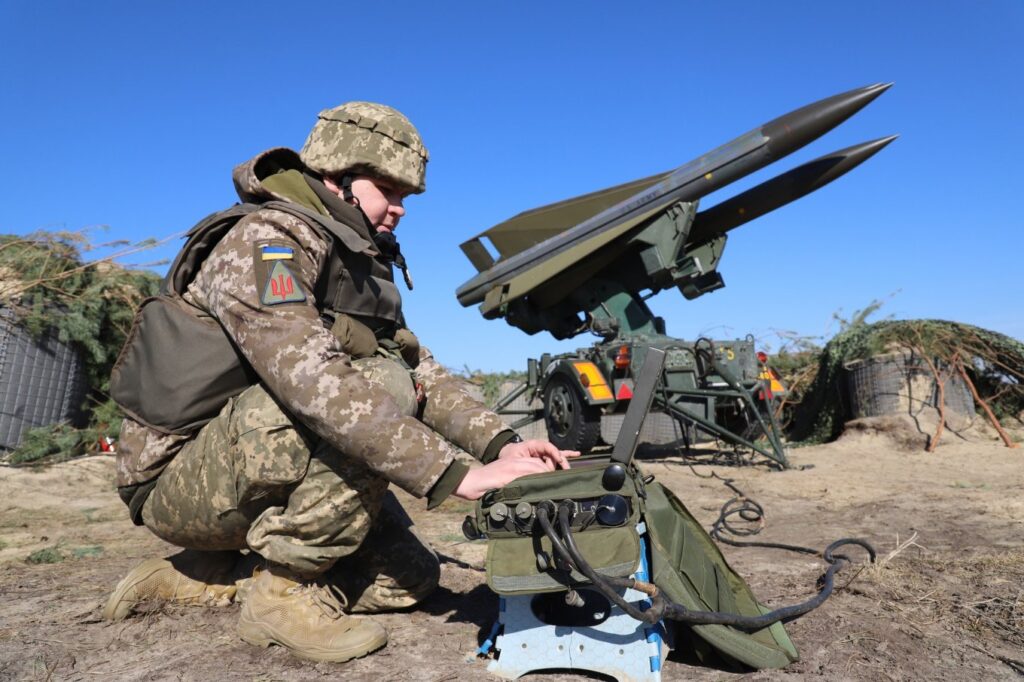
The Ukrainian government will spend $172 million buying vehicles, parts, training, maintenance and other services for the Ukrainian air force’s US-made Hawk air-defense batteries.
“This proposed sale will support the foreign policy goals and national security objectives of the United States by improving the ability of Ukraine to provide for its own defense,” the State Department noted.
The Hawk is becoming one of the most important air-defense weapons in Ukraine’s arsenal. Not because it’s particularly new: the Homing All the Way Killer missile dates from the late 1950s, making it a full generation older than Ukraine’s best air-defenses, its US-made Patriots.
No, the Hawk best attributes are its simplicity, reliability and—most importantly—abundance. A new facility in the US state of Oklahoma has been refurbishing thousands of the Hawk system’s 5-m missiles.
The Hawk is a medium-range surface-to-air missile. Each missile, fired by a three-round launcher, ranges around 48 km. The missile homes in on energy from a ground-based radar reflecting from the airborne target. The Ukrainian air force cited “experts” claiming the Hawk is 85% accurate, which is consistent with much newer missiles.
As a bonus, newer versions of the Hawk could be compatible with another, more modern missile system that Ukraine also uses: the US-Norwegian National Advanced Surface-to-Air Missile System, or NASAMS.
Norwegian firm Kongsberg—builder of the NASAMS—has developed a new digital command post for Hawk batteries that borrows its main components from NASAMS. That raises the possibility that the Ukrainian air force might, with some effort, be able to combine its NASAMS and Hawk batteries into a single force using the same radars and command posts.
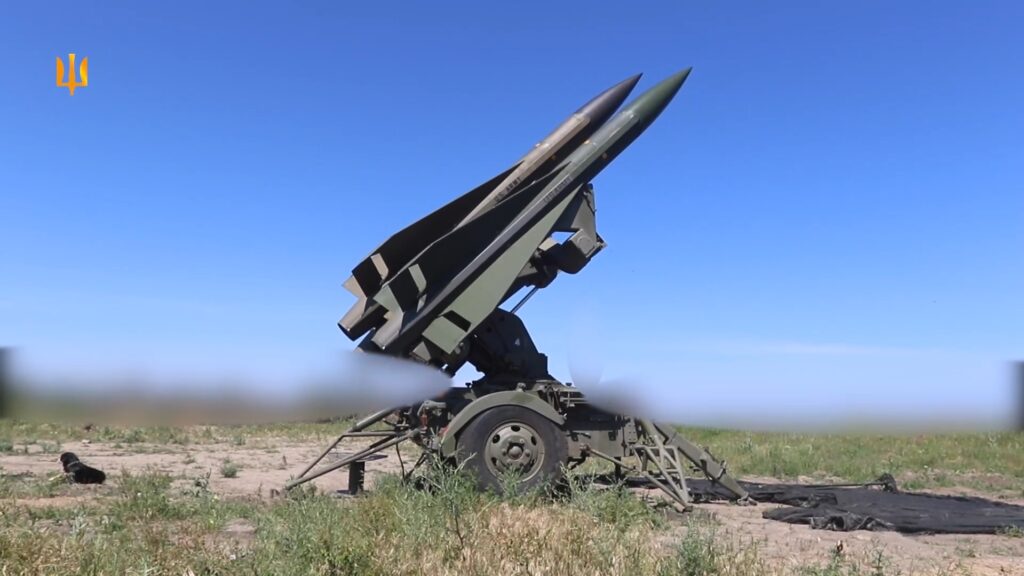
The Hawk was NATO’s standard medium-range SAM for decades until the advent—in the 1980s—of the Patriot, which ranges three times as far and boasts a much more sophisticated seeker. Raytheon manufactured many thousands of Hawk missiles. Decades later, many of those missiles are still sitting around in various military warehouses all over the world.
Given the dire shortage of Patriot missiles—Lockheed Martin produces no more than 600 a year for all the dozens of countries that use them—those old Hawk missiles have become a priceless commodity. So far, Spain, The Netherlands and the United States, possibly with a little help from Taiwan, have donated enough radars and launchers for Ukraine to deploy maybe four batteries, each with multiple radars and launchers.
But a new US Army facility in Oklahoma, officially opened in February, is gathering up, reconditioning and possibly upgrading thousands of old missiles for those four batteries.

The Army had already inspected 2,751 missiles from US stockpiles by the time the new Theater Readiness Monitoring Facility opened, “a monumental achievement that underscores the scale of the operation,” according to the ground combat branch.
Hundreds more missiles were inbound from Ukraine’s foreign allies. “In addition to servicing missiles from the US, the new facility has also received 825 missiles and other equipment donations from six countries, further demonstrating the global importance of the Hawk system in air defense,” the Army stated.
It’s possible, even likely, that most of those missiles have made their way to Ukraine. The recent US sale of Hawk equipment to Ukraine is just the latest in a series of US-Ukrainian deals associated with the missile system.
Of all the many diverse American and European air-defense systems Ukraine uses to defend its cities, the Hawk batteries might have the most ammunition. How many more missiles the Oklahoma facility can find for Ukrainian batteries is unclear. But it’s worth noting Raytheon built 40,000 of the missiles—and only a few countries have ever used them in anger. Ukraine being the latest.




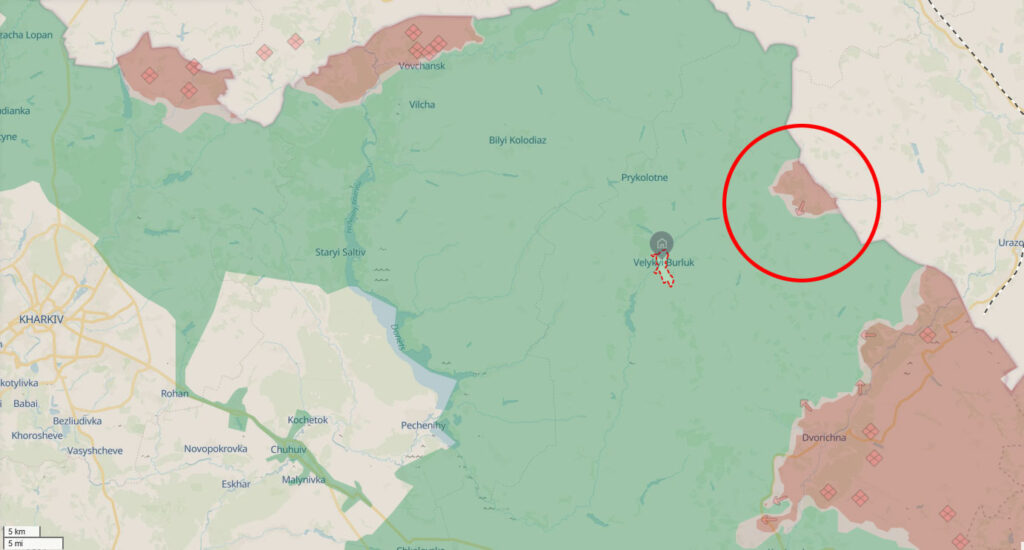
Ukrainian forces confirmed that a russian colonel killed in Kharkiv fighting was taken out while directing attacks near the border. The Operative-Strategic Group of Forces Khortytsia, a Ukrainian military command on the eastern front, said Col. Lebedev, commander of the 83rd motorized rifle regiment of the 69th motorized rifle division, died as he tried to push assaults forward in the Velykyi Burluk direction.
The Ukrainian command reported late on 26 July that defenders destroyed the officer who had led storming operations aimed at widening Russia’s small foothold west of the Kupiansk front. The command’s report mentions only the last name of the eliminated colonel, Lebedev.
Earlier, Oleksii Rozumnyi from the 13th brigade of the National Guard unit Hartiia said Russian forces are using these border attacks to pull Ukrainian reserves into the area. According to him, the occupiers have shifted tactics since the time of the Kursk offensive. They now focus more on logistics strikes and use drones equipped with fiber optics to hit deep, sometimes almost reaching Kharkiv city.
Reports also describe heavy clashes east of Vovchansk — a border town further west of Velykyi Burluk, where Russian troops have tried to break through Ukrainian defenses and move in the direction of Velykyi Burluk.

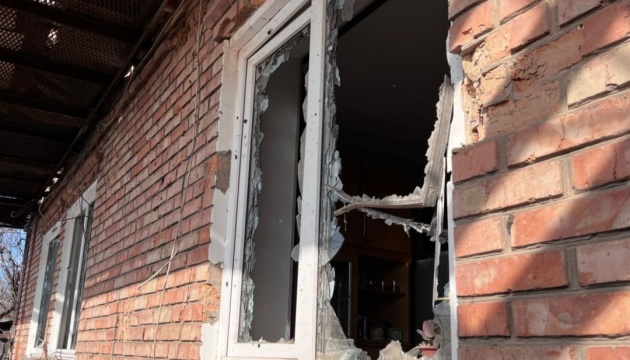
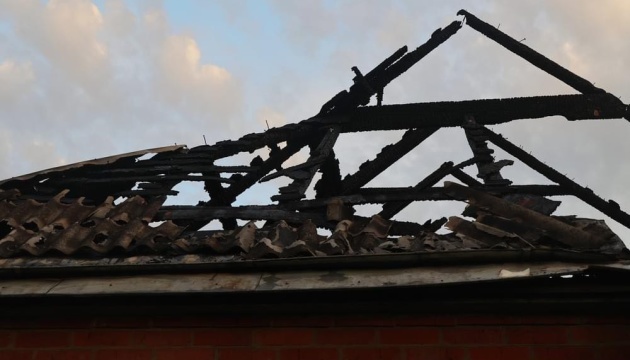
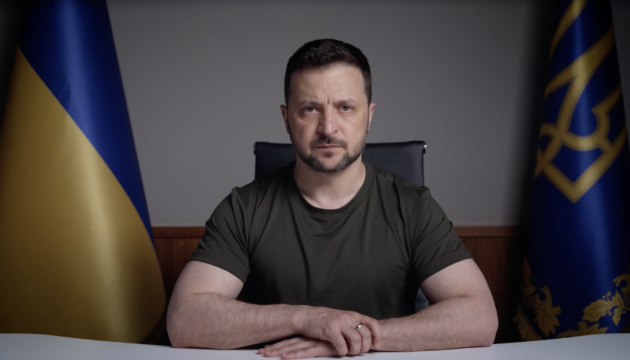
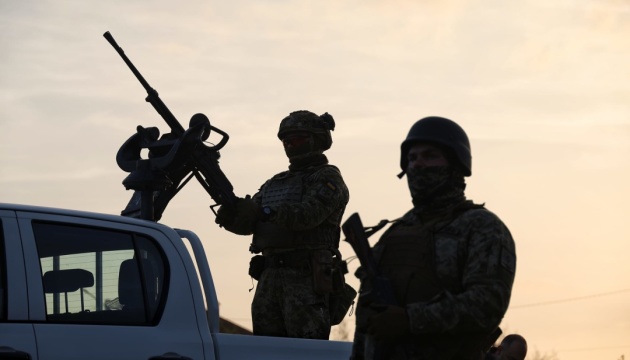
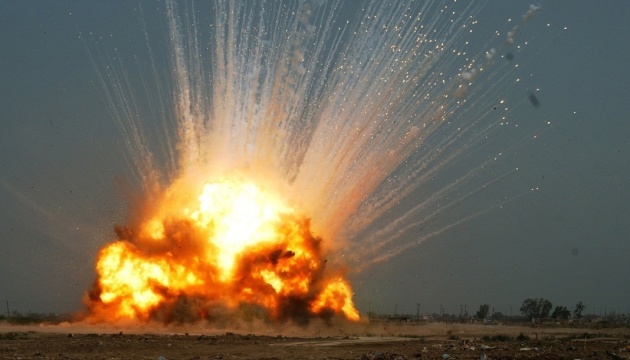
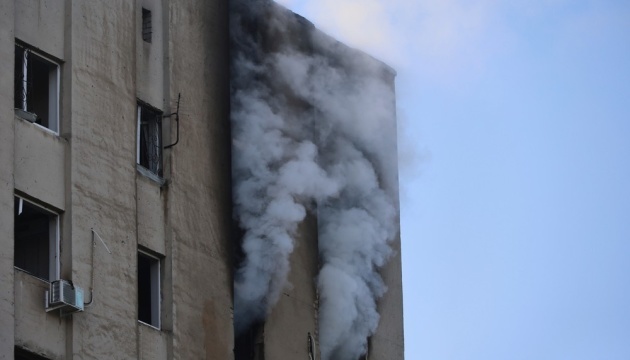

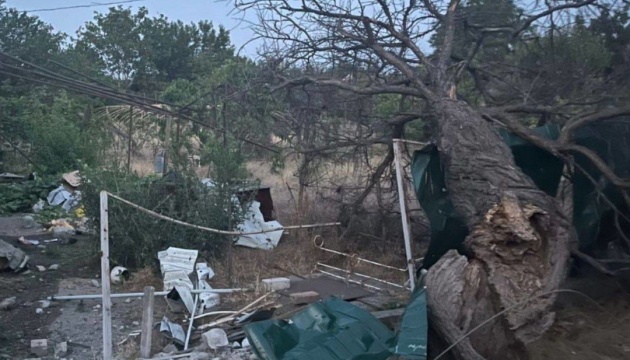
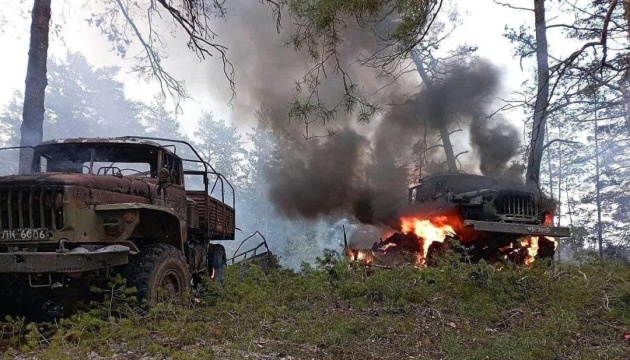

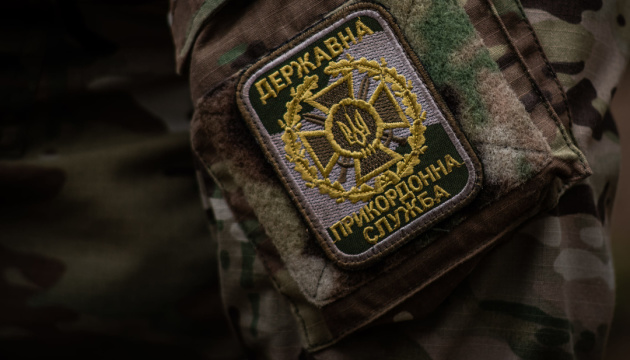

Ukraine receives Patriot air defense systems, and it’s just the beginning. The US and its allies have provided the systems under a new scheme in which European nations foot the bill for American weapons supplied to Kyiv, The Washington Post reports.
US-made Patriot air defense systems are the only weapons in Ukraine that are capable of intercepting Russian ballistic missiles.
Germany has already delivered three Patriots. One more is under discussion with the US, while Berlin has pledged to help provide a total of five.
Defense Minister Boris Pistorius has confirmed this during a meeting of Ukraine’s allies, without going into further detail.
In the first half of 2025, 6,754 civilians in Ukraine were killed or injured, the highest number for a six-month period since 2022, the UN reports. In July alone, Russia launched at least 5,183 long-range munitions at Ukraine, including a record 728 drones on 9 July. Kyiv, Dnipro, Kharkiv, and the port city of Odesa have been hit hardest in recent weeks.
Kyiv is aiming to receive ten Patriots under the new arrangement. Some batteries could even come from outside NATO. For instance, Switzerland has agreed to redirect five systems it had previously ordered to Ukraine, and will receive its own later.
Under the new scheme, Ukraine will also receive advanced radars, electronic warfare systems, drone interceptors, and artillery platforms, according to two informed officials.
Meanwhile, the issue of long-range weapons remains unresolved. Germany has already ruled out supplying Taurus cruise missiles. The US has not provided a clear signal. NATO officials are not ready to confirm that such transfers will not happen in the future, despite US President Donald Trump’s refusal.

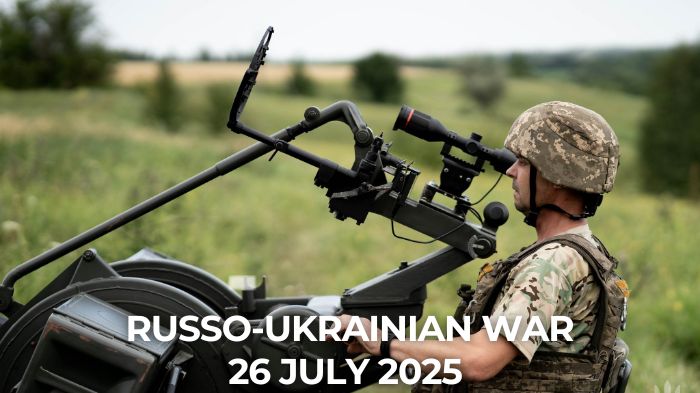
 |
Ukrainian Gen Zs just did what the Russian opposition never could. Cardboard signs, three days, one very surprised president. |
 |
Russia’s last tank yards go dark as every inch in Ukraine demands more sacrifice. Russian workers are pulling the last Soviet tanks from storage yards that used to hold hundreds. The math is unsustainable. |
 |
Russia built Ukraine’s drone storm over three years — 2025 is when it finally breaks. Russia’s drone war Ukraine’s allies thought they understood is about to change entirely — and Europe is not ready for what breaks loose in 2025. |
 |
Vacancies: News reporter, Defense tech reporter, Head of SMM. Euromaidan Press is expanding and searching for professional soulmates who believe in independent journalism. |
Russia cancels main naval parade after losing 33% of Black Sea Fleet in Ukrainian drone strikes. The Russian leadership may be afraid the event will showcase its vulnerability.
Ukraine’s Intelligence: Russian jet used to train war pilots suddenly bursts into flames in Krasnodar Krai. A Su-27UB catches fire deep inside Russia as Ukraine shows it can hit before the missiles are even in the sky.
Ukrainian drones reportedly hit Russian military electronics plant under international sanctions in Stavropol. Two precision strikes hit critical production areas at Russia’s Signal plant, destroying numerical control machinery and radio electronics workshops that supply equipment to the Russian military-industrial complex
BBC: At least 245 18-year-old Russians killed in war against Ukraine since April 2023
. Vladimir Putin’s assurance that no 18-year-olds would fight in Ukraine has been contradicted by a BBC investigation documenting 245 deaths of teenage contract soldiers since Russia eased enlistment rules in April 2023.
Musk orders Starlink shutdown near Kherson in 2022 to thwart Ukrainian army’s counteroffensive – Reuters. Elon Musk’s shutdown order, driven by fears of nuclear escalation, left Ukrainian troops without communications and blinded their drones during the September 2022 Kherson counteroffensive.
“Moscow mechanism” will now investigate Russia’s killings of Ukrainian POWs at request of 41 nations. Over 90% of returned Ukrainian prisoners report systematic beatings and torture.
Poll reveals 14% of Slovaks want to join Russia
. While 32.5% reject military neutrality if it harms living standards, 15% embrace it unconditionally.
EU withholds nearly €1.5 billion package for Ukraine due to failures in anti-corruption justice. After delays in judicial and governance reforms, Ukraine secures only part of the latest EU payment.
Frontline report: Russia’s oil smugglers are running out of ocean as UK freezes 100+ shadow fleet tankers. Insurance firms, legal services, and port facilities across Europe are now off-limits to any vessel connected to Russia’s price cap violations, forcing tankers into increasingly circuitous routes to avoid detection.
EU lawmakers push gas ban deadline forward as Russia loses energy grip on Europe. Members of the European Parliament want to cut Russian gas imports by January 2027 instead of 2028, claiming that Moscow’s pipeline influence continues to shrink from 45% to 19% since 2022.
German AfD moves to expel young politician who fought Russians in Ukraine. A 22-year-old German politician who secretly served in Ukraine’s army now faces expulsion from the pro-Russian Alternative for Germany party after calling his own leadership “Russia-kissers.”
Orban: Ukraine EU membership would “drag war into Europe,” proposes buffer state role instead
. Hungary’s Viktor Orban rejected Ukraine’s European Union membership bid 25 July, instead proposing “strategic cooperation” while describing Kyiv as destined to remain a “buffer state” bordering Russia
Zelenskyy vows swift retaliation after Russia’s night of civilian bloodshed. Russian missiles tore through homes and shops, killing civilians in Dnipro and pounding Kharkiv for three relentless hours.
Massive combined attack on Ukraine kills three people, injures 15 other. Russian forces deployed 235 air assets overnight, of which Ukraine intercepted 200.
Ukraine’s anti-corruption agencies suddenly close four long-stalled cases in one week following prosecutor general’s takeover. Following President Zelenskyy’s signature on the law, the anti-corruption agency finalizes the massive $225 million PrivatBank embezzlement case.
Read our earlier daily review here.
You could close this page. Or you could join our community and help us produce more materials like this.
We keep our reporting open and accessible to everyone because we believe in the power of free information. This is why our small, cost-effective team depends on the support of readers like you to bring deliver timely news, quality analysis, and on-the-ground reports about Russia's war against Ukraine and Ukraine's struggle to build a democratic society.
Become a patron or see other ways to support.

